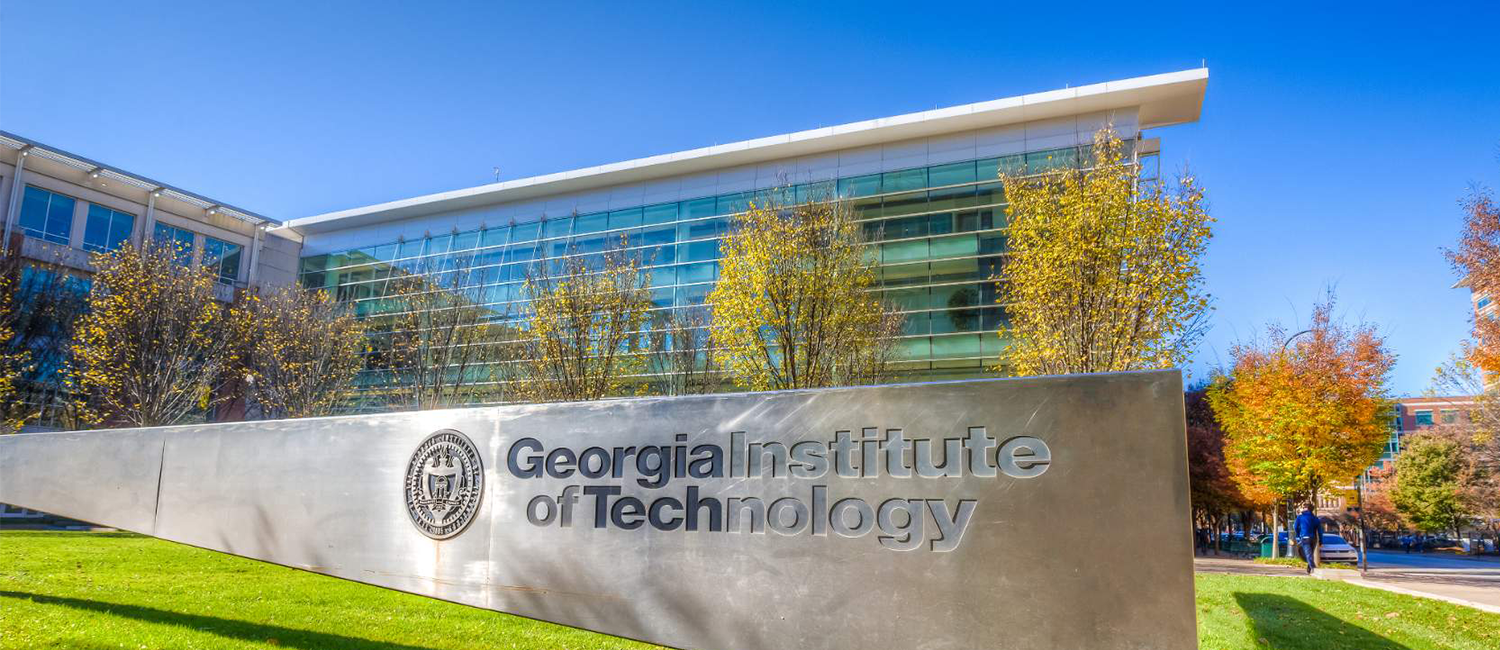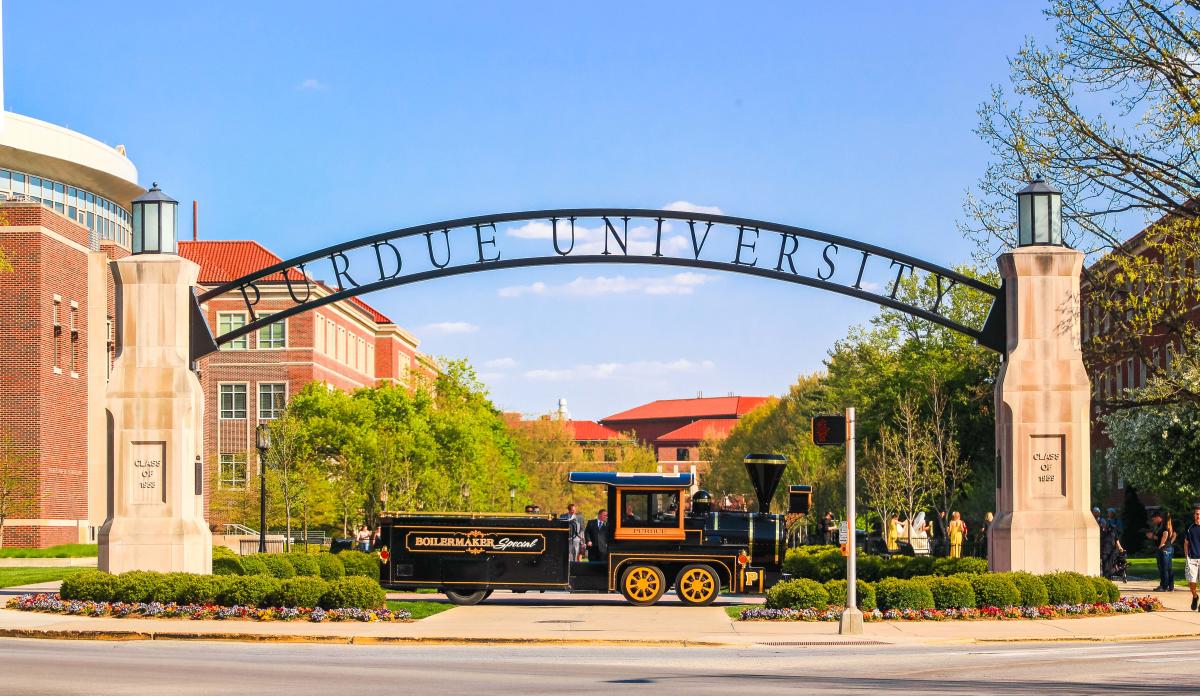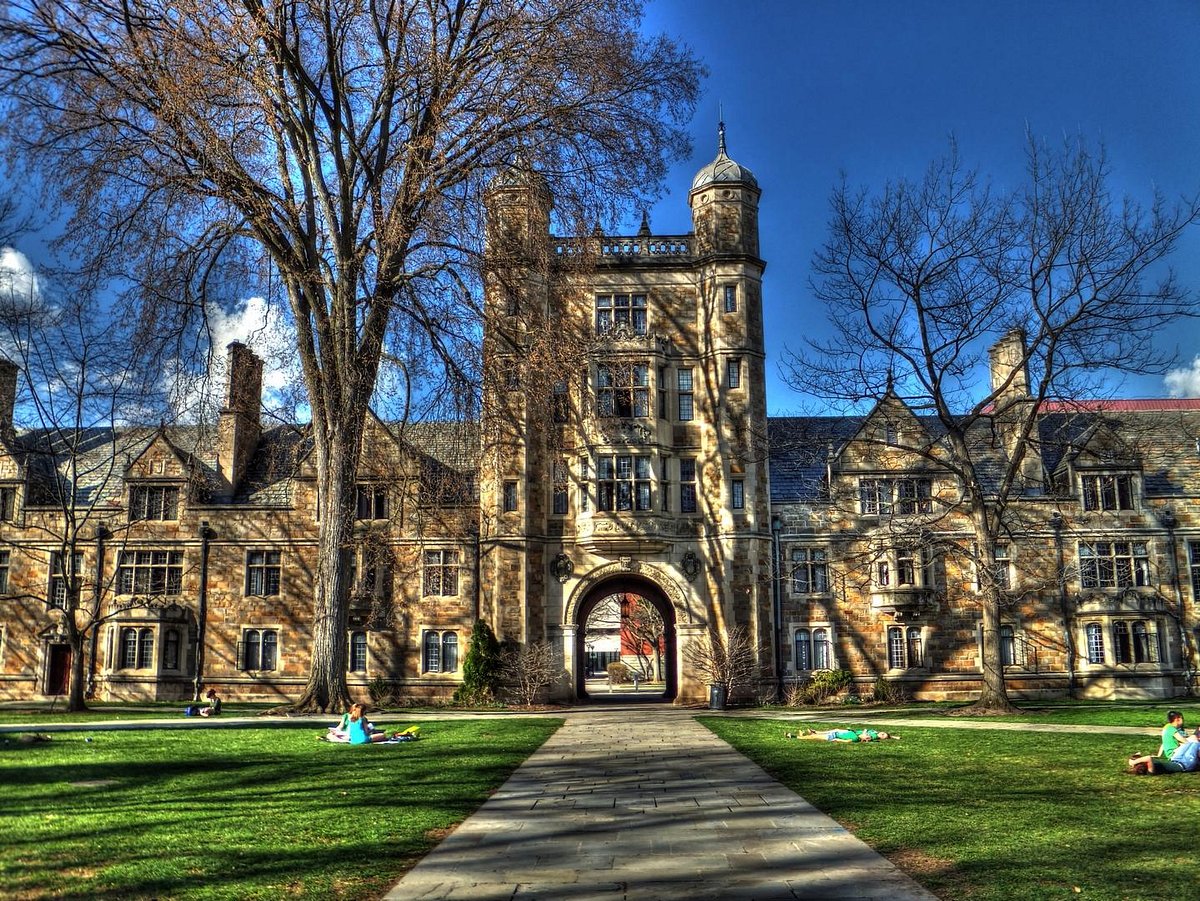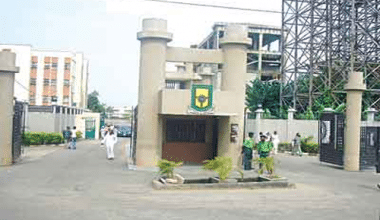Have you ever wondered what it would be like to have a career in a profession that involves designing space aircraft? Especially with the myth about the complexities of Rocket science? You haven’t? Oh wow.
Well, studying Astronautical Engineering will give you a taste of such reality and demystify the myth of rocket science.
You probably have heard about Neil Armstrong, the first man to land and walk on the moon, and dreamt of having such a complex and interesting career. Or seen Will Smith and Jeff Goldblum fly a large spaceship to inject a virus into an alien spaceship in the movie “Independence day”.
You could be the next real life human to build something in space. But first, you’ll have to become an Astronautical Engineer.
In this read, you will know everything about the study of astronautical engineering; best schools that offer the said course, career options, salaries, and requirements.

Table of contents
- What is astronautical engineering?
- What does an astronautical engineer do?
- How much does an astronautical engineer earn?
- What requirements are needed to become an astronautical engineer?
- Educational information about an Astronautical Engineer
- What schools offer Astronautical Engineering?
- Massachusetts Institute of Technology(MIT)
- Georgia Institute of Technology
- California Institute of Technology (Caltech)
- Purdue University – West Lafayette
- Stanford University
- University of Michigan – Ann Arbor
- University of Illinois – Urbana-Champaign
- University of Texas – Austin
- Texas A&M University – College Station
- University of Colorado – Boulder (CU Boulder)
- Embry-Riddle Aeronautical University
- University of Maryland – College Park
- Best Aerospace Engineering Schools in the World for Undergraduates
- What are the Career Options of astronautical engineering degree holders?
- Important Qualities for Aerospace Engineers
- Conclusion
What is astronautical engineering?
Astronautical engineering is a very unique field that allows people to participate in tasks that some can only dream of. This type of engineering is also known as rocket science and may seem unrealistic, since those who work in the field really create products like rockets.
The field has a reputation for being full of highly intellectual individuals, and it is understandable since the subject involves some of the most commonly known challenging academic subjects.
What does an astronautical engineer do?
People who work in this field are called astronomical engineers or, in general, aerospace engineers. They are responsible for overseeing the entire process to develop aircraft and aerospace products such as rockets, missiles, communication satellites, space launchers, space vehicles, direct transmission satellites, space navigation systems, reconnaissance satellites, planetary probes, and remote sensing satellites.
The responsibilities of astronautic engineers include the design of products that use the appropriate engineering principles, meet quality standards, adhere to environmental regulations and meet customer requirements.
Astronautical engineers must also test products developed to verify the malfunction. If they exist, engineers must determine the source of the problem and develop solutions to rectify the problem.
Astronautical engineers use their technical knowledge, practical skills and expert scientific knowledge to design, develop, research, test, adjust, update and update sophisticated and complex engineering solutions, such as space shuttles, space launch vehicles, satellites, rockets, space capsules, and planetary probes
Astronautical engineers often assume specialized roles, focusing on a specific subcategory of the astronautic engineering mission, such as electrical and electronic engineering, spacecraft design, structural engineering, software engineering for automation and guidance purposes, or propulsion systems.
In addition,
Others focus their efforts on concepts such as space weather or astrodynamics.
Most opportunities are available with spacecraft manufacturers, space agencies and executive agencies that focus on scientific research and engineering projects.
Aeronautical and astronautical engineers face different environmental and operational problems in the design of aircraft and spacecraft. However, the two fields overlap greatly because both depend on the basic principles of physics.
Aerospace engineers now spend more time in an office environment than in the past because the design of modern aircraft requires the use of sophisticated computer equipment and software design, modeling and simulation tools for testing, evaluation, and training.
Aerospace engineers work with other professionals involved in the design and construction of aircraft, spacecraft and their components. Therefore, they should be able to communicate well, divide work into manageable tasks and work with others towards a common goal.
Aerospace engineers usually work full time. Engineers who run projects must often work additional hours to monitor progress, to ensure that designs meet the requirements, to determine how to measure aircraft performance, to see that production meets design standards, to participate in test flights and first flights, and to ensure that deadlines are met.
Alternatively, you could find work with an Advanced Research and Development Center or a higher education institution in a role focused exclusively on research.
Astronautical engineering is one of two types of aerospace engineering, and the other is aeronautical engineering. Aerospace engineering is a specific branch of engineering that focuses on the development of spacecraft and airplanes.
Related article: Best Electrical Engineering Technician Schools in the World | 2023
How much does an astronautical engineer earn?
According to the US Bureau of Labor Statistics. In the US, astronomical engineers are some of the highest-paid engineers with an average annual salary of $113,030. Astronautical engineers in training tend to earn between £20,000 and £30,000 per year, while more experienced professionals can earn between £30,000 and £42,000 per year.
Senior staff members can earn up to £ 70,000 and more.
Employees in the commercial sector and professionals with advanced qualifications, such as an MEng, MSc or Ph.D., tend to receive the highest salaries.
The average annual salary for aerospace engineers is $ 109,650. The average salary is the salary at which half of the workers in an occupation earned more than that amount and the other half earned less. The lowest 10 percent earned less than $69,150 and the highest 10 percent earned more than $160,290.
The average annual salaries for astronomical engineers in the main industries in which they work are the following:
| Federal government, excluding postal service | $115,090 |
| Navigational, measuring, electromedical, and control instruments manufacturing | 112,640 |
| Research and development in the physical, engineering, and life sciences | 111,070 |
| Aerospace product and parts manufacturing | 108,920 |
| Engineering services | 106,320 |
What requirements are needed to become an astronautical engineer?
People who want to become an astronautical engineer need at least a bachelor’s degree in aerospace engineering or a field related to aerospace systems. Those interested in teaching or conducting research should obtain a graduate degree, usually with a specialization in aerospace engineering.
This astronautic engineering job is best for the person looking for a challenging job in their careers to keep their minds alert and active. Working with a variety of areas related to the field and the high level of understanding of complex material needed in astronautical engineering makes working in this field a very satisfying career choice for many people.
Read also: 15 Best Laptop for Civil Engineering Students in 2023 | Full SPECS
Educational information about an Astronautical Engineer
Most employers look for graduates of a 4-year aerospace engineering program recognized by ABET. Undergraduate programs provide a basic education in electronics, flight principles, physics, thermodynamics, propulsion, and materials sciences.
However, students can focus their studies in one or more of these areas.
Aeronautical and astronautical engineers need a graduate degree if they are looking for supervisory, research, or teaching positions. A graduate degree may also be required to work on experimental designs.
Most graduate programs will accept students with experience in mechanical, electronic or computer engineering if they do not have an aerospace degree.
Basic-level aerospace engineers generally need a bachelor’s degree. High school students interested in studying aerospace engineering should take courses in chemistry, physics, advanced mathematics, computer programming, and computer languages.
Bachelor’s programs include studies in the classroom, laboratory, and field in subjects such as general engineering principles, propulsion, stability and control, structures, mechanics and aerodynamics, which is the study of how air interacts with moving objects.
Some colleges and universities offer cooperative programs in association with regional companies, which give students practical experience while completing their education. Cooperative programs and internships allow students to gain valuable experience and finance part of their education.
In some universities, a student may enroll in a 5-year program that leads to a bachelor’s degree and a master’s degree upon completion. A graduate degree will allow an engineer to work as an instructor at a university or do research and development. Aerospace engineering programs are accredited by ABET.
What schools offer Astronautical Engineering?
Several universities offer programs that allow students to obtain a bachelor’s and master’s degree in this field in five years.
Due to the practical nature of the field, aerospace engineering programs offer many opportunities for laboratory and fieldwork around the topics of general engineering, stability, and control, mechanics, propulsion, aerodynamics, and structures.
The selected universities also offer students the opportunity to complete cooperative programs that allow them to gain practical experience while working for the businesses included in the association.
There are several countries that offer astronautical engineering, while some focus on either of the two major ones; aeronautical engineering and astronautical engineering. However, the excellence of the USA. UU. In virtually all, fields and research cannot be overstated. There are several top-level universities that offer several undergraduate and postgraduate courses in astronautical engineering. Some of them include;
Massachusetts Institute of Technology(MIT)
Georgia Institute of Technology

Atlanta, GA
Tuition: $13,788/year
Each year, more than 1,200 students from around the world come to Atlanta to study aerospace engineering at the Daniel Guggenheim School of Georgia Tech, one of the oldest and largest educational programs of its kind.
Those who really want to obtain an aerospace engineering degree complete a 132-credit program designed to develop well-rounded, professional engineers. The basic courses in the humanities and social sciences complement core courses in mathematics, science, and laboratory work.
Also, the school allows each engineering student to participate in a variety of enriching experiences in which they develop their understanding of aerospace vehicles and their subsystems, including hands-on learning, internships, international study, and research. They conclude their studies with a senior capstone course, focused on one of three areas — rotorcraft, fixed-wing, or spacecraft.
In addition, with more than 40 professors in position and many interdisciplinary research collaborations, the School offers the kind of depth that regularly ranks it among the top five aerospace educators in the country. According to the latest US News & World report, the school’s undergraduate program ranks number 2 and number 4 graduate programs in the country.
California Institute of Technology (Caltech)
Pasadena, CA
Tuition: $11,000/year
Ranked 3rd in US News’ Aerospace Engineering Graduate school, the mission of the Aerospace department (GALCIT) at Caltech is to address fundamental problems that could lead to transformative science and technology in Aerospace and related fields by educating and training future leaders for academia, government and industry.
Caltech’s Department of Aerospace offers aerospace minor for undergraduates interested in exploring the field and graduate-level degrees in a variety of specialization, which includes aeronautics and space engineering.
This school also offers an aerospace minor for undergraduates interested in exploring the field.
Purdue University – West Lafayette

West Lafayette, IN
Tuition & Fees: $28,804(out-of-state); $10,002(in-state)
Ranked number 5 in the News’ undergraduate aerospace engineering school ranking, Purdue University is the proud alma mater of a staggering 23 NASA astronauts (including Neil Armstrong), and dozens of other aerospace engineers who helped put those courageous men and women into outer space.
The institution is one of the best and top schools to get a degree in aerospace engineering.
In addition, Purdue is also notable for its specialized engineering curriculum. Under this model, students select both a major and minor within the discipline in order to make the most of their education, choosing from topics like Aerodynamics, Structures and Materials, Propulsion, Dynamics and Controls, and Aerospace Systems Design.
Stanford University
Stanford, CA
Tuition & Fees: $51,354
From their inception in 1957 to Summer 2017, the Department of Aeronautics and Astronautics at Stanford University has been a graduate-only department.
However, in Autumn 2017, they opened a new undergraduate program in response to perceived demand by the students and industry.
In addition, the major prepares students for careers in aircraft and spacecraft engineering, space exploration, air- and space-based telecommunication industries, autonomous systems, robotics, commercial space transportation, teaching, research, military service, and many related technology-intensive fields.
University of Michigan – Ann Arbor

Ann Arbor, MI
Tuition: $15, 850/year
With one of the top rankings of aerospace engineering schools in the US News, the University of Michigan is a center not only for academic researchers and leading educators but also for many of the brightest and most enterprising young academics in the field.
Michigan’s status as a world-class research institution also opens the door to a wide variety of interdisciplinary research opportunities for students in aerospace engineering, allowing them to customize their education in a variety of ways, depending on their interests and objectives.
After graduating, these students join the largest aerospace engineers’ alumni base in the country, providing unparalleled advantages for professional and academic networks.
University of Illinois – Urbana-Champaign
Champaign, IL
Tuition & Fees: $32,568(out-of-state); $15,998(in-state)
The Department of Aerospace Engineering at Illinois is an international leader in aerospace science and engineering. With nationally ranked undergraduate and graduate programs, internationally renowned faculty, and state-of-the-art research facilities, the department is committed to excellence and leadership in teaching, research, and service.
Also, the faculty and graduate students are active in a variety of interdisciplinary centers including Beckman Institute for Advanced Science and Technology, Coordinated Science Laboratory (CSL), Micro and Nanotechnology Laboratory, National Center for Supercomputing Applications (NCSA), and Information Trust Institute.
In addition, Aerospace Engineering at Illinois recognizes outstanding students each spring with awards for scholastic achievement and other contributions.
University of Texas – Austin
Austin, Texas
Tuition & Fees: $37,480(out-of-state); $10,606(in-state)
Ranked number 7 Graduate Aerospace Engineering, and 8 Undergraduate Aerospace Engineering in 2019, U.S. News & World Report, the Department of Aerospace Engineering and Engineering Mechanics at the University of Texas at Austin is an interdisciplinary department with teaching and research activities in astronautics, earth-space engineering and science, aviation, energy, robotics, theoretical and experimental mechanics, and computational engineering.
In addition, students also work closely with the faculty to create, develop and apply aerospace technology to solve important global and societal problems through our strong research centers and laboratories.
Texas A&M University – College Station
College Station, TX
Tuition & Fees: $36,636(out-of-state); $10,968(in-state)
The Texas A&M is one of the best aerospace engineering schools in the USA. The department of aerospace engineering is a major one at the Texas A&M University College of Engineering.
They are also among the top Aerospace Engineering programs in the United States providing unique cutting-edge educational and research opportunities, including space exploration, national defense, air transportation, communications, and sustainable energy.
Furthermore, they offer students a modern curriculum that is balanced across the three principal disciplines of aerospace engineering: Aerodynamics and Propulsion, Dynamics and Control, and Materials and Structures.
The program also benefits from strong connections to major aerospace industries, the Department of Defense and NASA.
University of Colorado – Boulder (CU Boulder)
Boulder, CO
Tuition & Fees: $37,288(out-of-state); $12,534(in-state)
Colorado is a hub of our nation’s aerospace industry, and this facility will further position the university at the center of the innovation ecosystem.
CU Boulder students and faculty are pushing the limits of aeronautics and astronautics research, designing next-generation unmanned aircraft, expanding the possibilities of remote sensing, and building space instruments and satellites for orbit around Earth and beyond.
Embry-Riddle Aeronautical University

Daytona Beach, FL
Tuition & Fees: $35,714
Students with a passion for the high-tech engineering world of airplanes, helicopters, and spacecraft are right at home in the Department of Aerospace Engineering at Embry-Riddle.
The Aerospace Engineering Department is the largest in the country with 1404 Bachelor students, 119 Masters students, (including 24 distance students) and 33 PhD students as of fall 2018. Also, the department has 13.1% of its undergraduate students are honors students, while the rest of ERAU has 5.5% honors students.
In addition, Aerospace Engineering students study the core areas of aerodynamics and propulsion, dynamics and control, and structures and materials.
University of Maryland – College Park
College Park, MD
Tuition & Fees: $35,216(out-of-state); $10,595(in-state)
Through hands-on education, diverse research opportunities, and a strong academic community, aerospace engineering (AE) at Maryland prepares students for positions within aeronautic and astronautics fields across the industry, government, and academia.
Best Aerospace Engineering Schools in the World for Undergraduates
Below are some top engineering schools around the world for a bachelor in the aerospace engineering program. Click on any of them to know more about the program.
- University of Tokyo (Japan) Department of Aerospace Engineering
- University of Queensland (Australia)
- Delft University of Technology (Netherlands) | TU Delft Faculty of Aerospace Engineering
- Tsinghua University (China)
- Seoul National University (South Korea)
- Sapienza University of Rome (Italy)
- Technical University Munich (Germany)
It is also important to note that the schools above together with those in the United States also offer the best graduate aerospace engineering degree programs.
What are the Career Options of astronautical engineering degree holders?
According to study.com, Graduates of the aerospace and astronautics degree programs can work for public and private corporations, from airlines to defense contractors. Here are some summaries of the career available..
- Aerospace Engineer
- Aerospace Structural Engineer
- Aeronautical Engineer
- Aerospace Defense Engineer
Important Qualities for Aerospace Engineers
Analytical skills: aerospace engineers must be able to identify design elements that do not meet the requirements and then formulate alternatives to improve the performance of those elements.
Commercial skills: much of the work done by aerospace engineers involves complying with federal government standards. Compliance with these standards often requires knowledge of standard business practices, as well as knowledge of business law. In addition, project management or systems engineering skills can be useful.
Critical thinking skills: aerospace engineers must be able to produce designs that meet government standards and discover why a particular design does not work. They should be able to ask the right question and then find an acceptable answer.
Mathematical skills: Aerospace engineers use the principles of calculation, trigonometry and other advanced topics in mathematics for the analysis, design, and resolution of problems in their work.
Problem-solving skills: Aerospace engineers use their education and experience to update designs and solve problems when they meet new aircraft demands, such as greater fuel efficiency or greater safety.
Writing skills: Aerospace engineers should be able to write documents that clearly explain their designs and create documentation for future reference.
Conclusion
Astronautical engineering is a very unique field that allows people to participate in tasks that some can only dream of. This type of engineering is also known as rocket science and may seem unrealistic, since those who work in the field really create products like rockets.
References
- usnews.com– Best aerospace engineering programs
- edurank.org– Engineering aerospace
- mastersportal.com– Best aerospace engineering schools in the world
- collegefactual.com– Aerospace and aeronautical engineering uninversities
RECOMMENDATION
- List of Top 10 Mechanical Engineering Colleges in the World
- Top Ranking Engineering Technology Universities/Colleges in the USA
- 15 Best Civil Engineering Schools in Canada
- 15 Cheapest Bachelor Degree In Spanish
- Top 10 Globally-Ranked Oldest Universities In the World
- 15 Best Engineering Schools in Virginia
- List of Top 10 Engineering Colleges to Study In India
DISCLOSURE: This post may contain affiliate links, meaning when you click the links and make a purchase, we receive a commission.






Comments are closed.